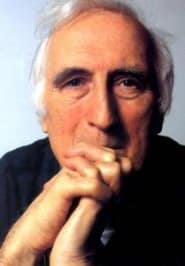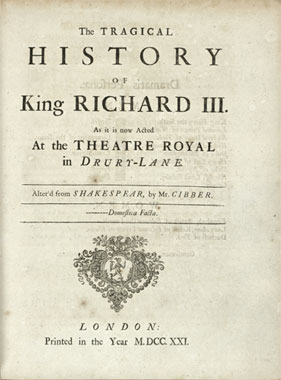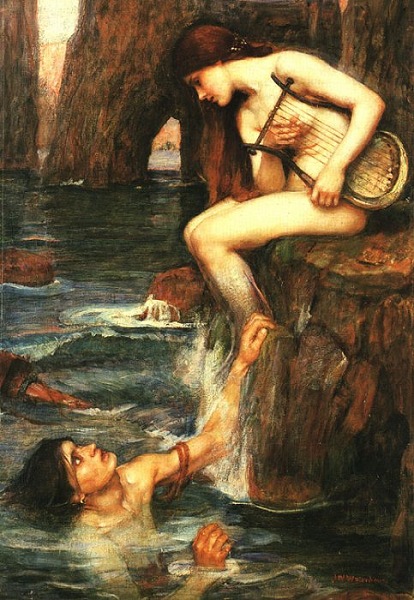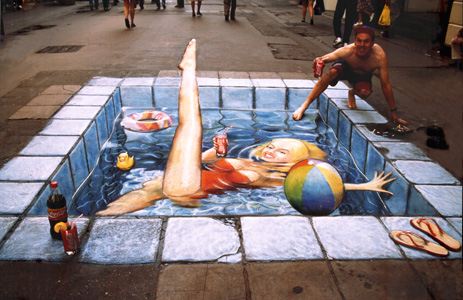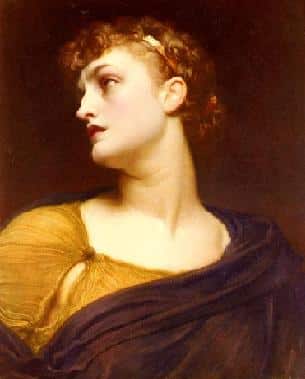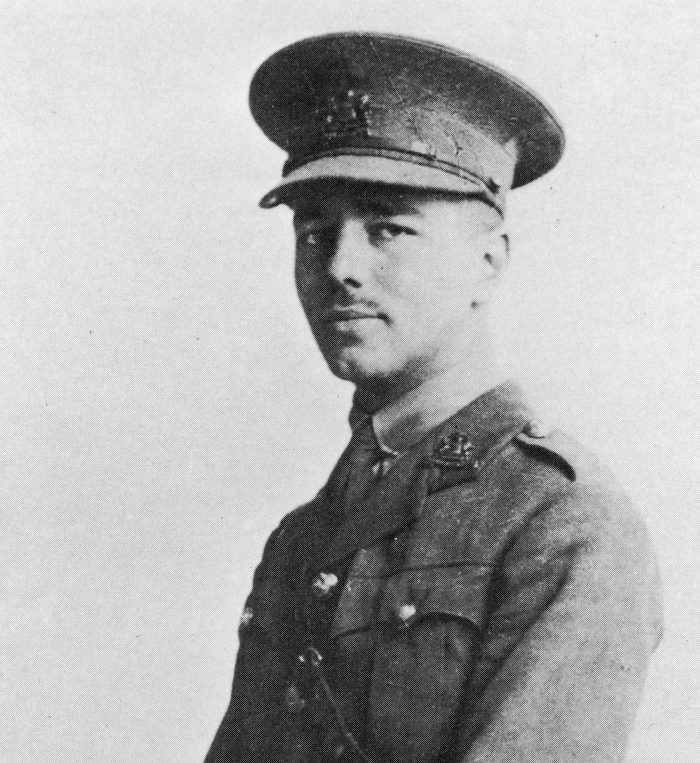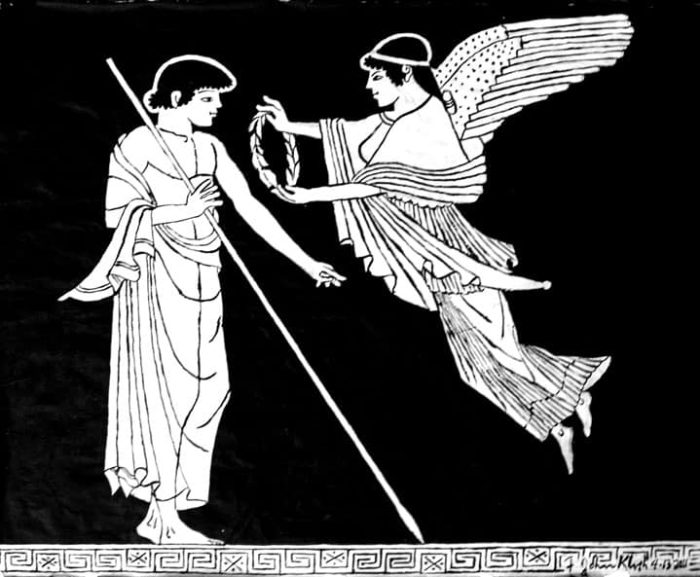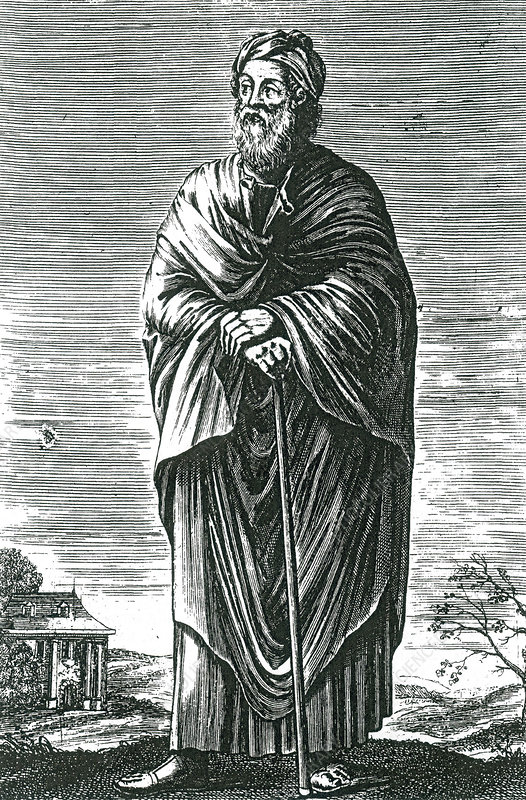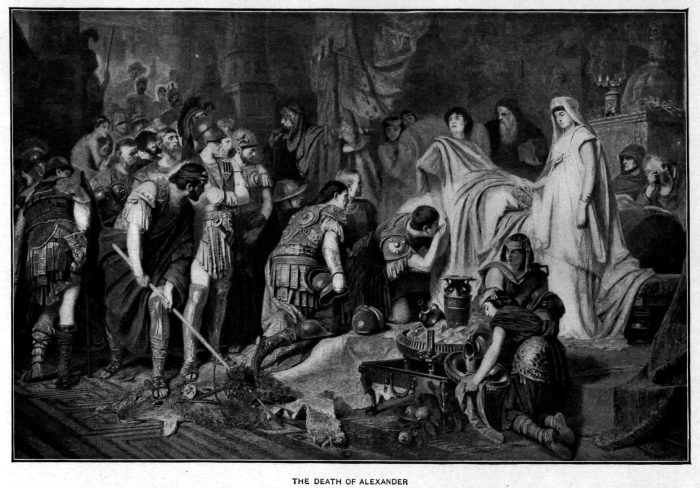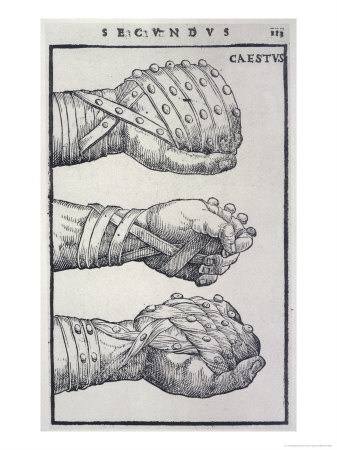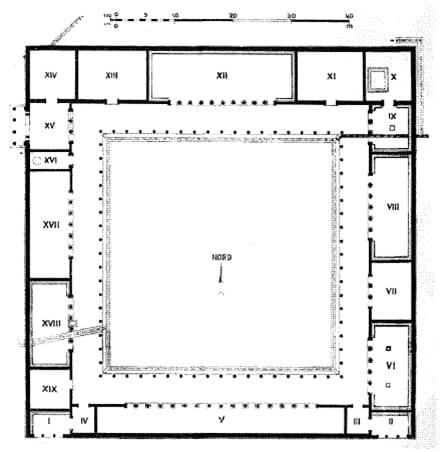William completed his Bachelor of Science and Master of Arts in 2013. He current serves as a lecturer, tutor and freelance writer. In his spare time, he enjoys reading, walking his dog and parasailing.
Article last reviewed: 2022 | St. Rosemary Institution © 2010-2025 | Creative Commons 4.0
Principle 1 – All humans are sacred, whatever their culture, race, religion, whatever their capacities and incapacities, whatever their strengths and weaknesses may be. All of us need help in order to become all that we may be. For example, if we are going through a hard time in our life, we need all the…
Colley Cibber was a comic actor and playwright with pretensions to tragedy (Colley 17-18). In 1700, he wrote and performed in an altered and slightly abridged version of Shakespeare’s Richard III, which was initially unsuccessful (probably because of overzealous government censorship) (Ashley 52). However, it soon became popular enough to eclipse the Shakespearean original on…
In “Fig Leaves and Falsehoods,” Janet E. Smith argues against the consensus view of Catholic moralists who, following Aquinas, regard all deceptive speech as morally wrong. She maintains that Aquinas’s view depends on an overly limited view of the purpose of speech, a view based on a prelapsarian order of things and neglectful of the…
Warren Leight’s “Nine Ten” is a play that could only be a play. Its ensemble focus and emphasis on character interactions unfolding in apparent real time are essential to its theme – and these are two effects that can be created with far more strength and certainty in performance than on the page. The play…
ATMOSPHERIC PERSPECTIVE Atmospheric perspective is the impression of an entity changing in relation to the distance to the naked eye. Decreasing the gap in the distance between the person who is seeing the object and the object is the key. Colors are lighter, not heavy, and they are moved to the backdrop. Details are hard…
Susan B. Anthony was a revolution and still is even in the modern world today. This is for good reason as well. Susan B. Anthony was a prominent and important civil rights leader during the women’s suffrage act in the 1800s. Susan started off working against slavery and encountered another disastrous problem: gender inequality. Coming…
Artistic Devices1. Position on the format 2. Diminishing size 3. Aerial perspective 4. Overlapping 5. Transparency 6. Linear perspective Position on the format:-Objects placed at the bottom of the page appear closer than objects at the top of the page. Diminishing size:-Smaller objects appear further away from the larger objects. Aerial perspective:-Objects in the distance…
For me many a times I think value is more important than money, but am not so sure if that is true in today’s world. Things have changed and everything is related to money, think about it……. What makes more friends? “MONEY”, who will like to be a friend of a poor person or a…
The proposed FDI policy in India would have both positive and negative changes on the Indian economy. While the dark side remains ignored by politicians, it is necessary to know both the sides of the arguments before taking a stand. The FDI policy is known to have features like 51% foreign equity in a foreign…
Aim of Study The aim of this study is to measure downstream changes in the hydraulic geometry and assess its influence on the changes in fluvial hydraulics in the lower reaches of the Morant River in St. Thomas, and further to show these influence depositional landforms. Null Hypothesis The changes in Hydraulic Geometry do not…
A literal “age old” argument that has sparked intelligent conversation since the BC era is still as potent as ever in Sophocles’ Greek tragedy, Antigone. Since the play’s origin, there has always been a toss-up as to who the true tragic hero, or protagonist, is. A popular misconception is that the character Antigone must be…
What is the scientific method? It is a logical, systematic approach to solve a problem. What is always the first step of the scientific method? Identify the problem and make observation. What makes a good hypothesis? A good hypothesis is one that you can test. What is a control? Comparison with one or more experimental…
Three examples of fossil fuels could be a. Coal b. Oil c, Natural Gas The fossil fuel that is most abundant and least expensive is Coal The plant material that dies in swampy areas and does not decay eventually forms a dense material called what? Peat What conditions are necessary in swamps or bogs to…
War is usually a bloody series of battles between 2 or more factions. Usually, it is between different tribes or countries. In Dulce et Decorum, Wilfred Owen describes war as being deadly, very bloody, and disgusting where soldiers are innocently killed, ripped apart, and treated like beggars without hope or worth. However, during wars, countries…
Numerology: Understanding Lucky and Unlucky Numbers Numerology is the study of the mystical relationship between numbers and events or characteristics in the world. Throughout history, various civilizations have attributed special significance to certain numbers, considering some as lucky numbers and others as unlucky numbers. This fascinating field explores how numbers can influence our lives, beliefs,…
Athletes are embodiment of ourselves; extensions of the physical beings that we want and yearn to be The Greeks shared these sentiments Often we mythologize our athletes into greater personas than they actually are; following their every rejoice and exploit; building sports reporting and networks around their activities Diagoras of Rhodes, wins at Olympia, culmination…
The Ancient Olympic games brought the polis together for communication and socializing Halted conflict & wars However due to branding of athletes to their specific city states, this created competition and rivalry between city-states Lists were kept of the polis with most victories Athletes would sometimes be hired by cities to represent them (I.e Astylos,…
Alexander the Great established a vast empire and then died Was maintained by his successors (led to the spread of the Greek language) During his conquests, Alexander the Great (AtG) would hold athletic events; this resulted in the mass export of athletes to various parts of his kingdom outside Greece Often done to entertain his…
Greek games were never fully integrated into Roman festival games (i.e ludi and munera) Roman practiced many athletics; running, wrestling, boxing, acrobatic riding, chariot racing (especially from the influence of their Etruscan neighbors) Roman was originally skeptical of nudity, but soon became the norm Most of the roman sports had origins in forms, terminology to…
Athletes trained in gymnasion & palaistra (usually collectively referred to as gymnasion) Vitruvius (Roman architect) defined the ideal palaistra as: 1) large central courtyard (open to the sky; surrounded by roofed colonnades) [known as PERISTYLE (surrounded by columns) -> area was used for boxers, wrestlers, pankration Single colonnades found on three sides; double colonnade on…

